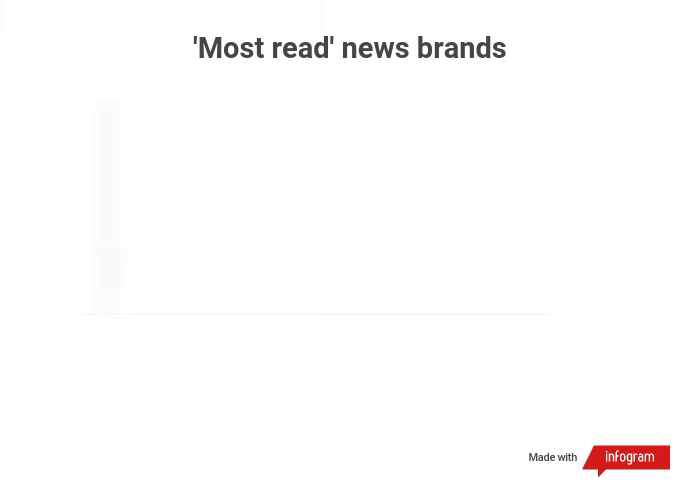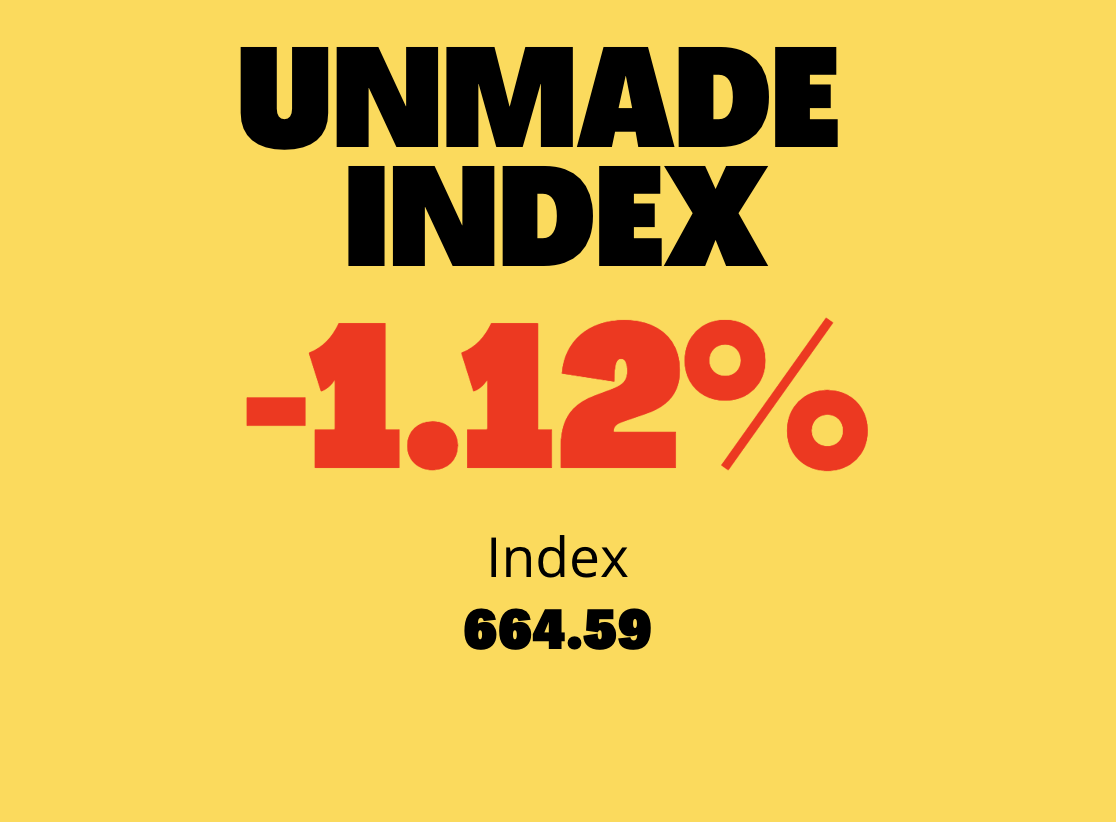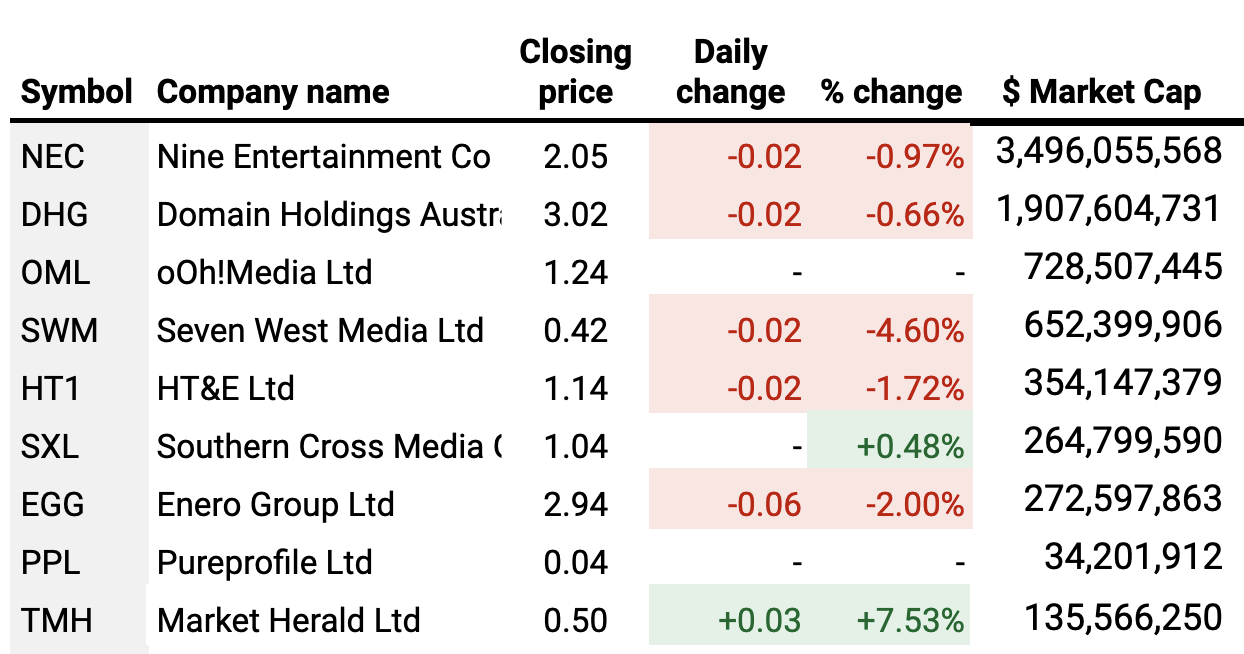Tuesdata: The state of news readership data
Welcome to Tuesdata – Unmade’s data-led analysis of the numbers driving the media and marketing industry. Today we raise a sceptical eyebrow at the latest set of news readership data, released by Roy Morgan and ThinkNewsBrands yesterday.
The full post is only available to Unmade’s paying members. If you subscribe, you get access to the full Unmade archive, including all of our Tuesdata posts. You also get free or discounted entry to our events – with an extended program in 2023.
Plus, you get that warm, fuzzy feeling of supporting independent journalism via your company credit card. Smash the capitalist system from within.
What is a newspaper reader?
You know what they say. You never forget your first invitation to participate in the Roy Morgan Single Source survey.
Or is that just me?
In my case, it was budget night, back on October 25. It must have been almost exactly 7.30pm because Jim Chalmers was starting to give his speech when the phone rang.
I’d just got back to my Sydney hotel room from the Seven Upfront event and had a load of writing to do to cover it for the morning.
As a keen procrastinator, I was delighted when the call came. It was a researcher from Roy Morgan. They interview 1,000 people a week, so I suppose it was only a matter of time before they found me.
Those in the communications industry take for granted the presence of Roy Morgan in our working lives. The company has been around for 81 years. The Roy Morgan readership survey has existed for 48 of those. There’s even a fond parody of the late Roy Morgan on Facebook.

That single source survey is the basis of so many agenda-setting news stories across the year – business confidence, voting intentions, consumer confidence, gambling habits, alcohol consumption. It has real value.
But the reason I was keen to chat was because of readership.
When it comes to understanding of news consumption, Roy Morgan has seen off its challengers.
For a long time there were two sources of approximate truth in publishing economics – circulation and readership. An audited circulation number was proof that newspapers and magazines had been physically printed. Readership could only be derived via research – a guesstimate on how many hands a publication has passed through while it sat in cafe, media centres or the building site dunny.
Tiring of the bad news of falling sales, the publishers killed off the circulation audits half a decade ago.
And for a time they tried to create their own readership metric, EMMA, which stood for Enhanced Media Metrics Australia. They wanted more control. As News Corp put it back in 2013: “Roy Morgan Research did not respond satisfactorily to countless requests, over many years, to explain discrepancies and errors in its data”.
That meant that for the best part of a decade there were two readership surveys in the market, although EMMA, delivered by Ipsos, never quite took off. It smacked of the publishers marking their own homework. In the end, the newspaper owners lost. Last year, they surrendered on EMMA and threw their lot in with Roy Morgan.
Which brings me back to that phone call. It might take half an hour, the researcher informed me. Let’s go fast, I told her; I bet we can do it in 20. I was wrong. It was more than an hour.
What I was most curious about was how the questions would be asked about readership, a metric I’ve always been sceptical about. While there’s science behind how the number is gathered, the readership number does not mean what people think it means.
Before I explain why I say that, let’s cover off the topline data from yesterday. It offers an assessment of news brands’ readership across print and online.

According to the data, across a four week period, the Sydney Morning Herald reaches the most readers in Australia across print and digital. On average across the last year, that number was 8.4m.
The main issue is that beyond boasting rights, what help does that number actually offer to advertisers when it comes to planning a campaign?
Most digital advertising is bought on a CPM basis. Except for the very biggest campaigns, advertising on digital mastheads does not reach that whole audience.
And in the print product the readership label is even more confusing.
When the researcher asked me the question about which printed newspapers I remembered seeing over the previous four weeks, there were a couple of issues.
One was that time passes faster than we estimate. Think of all the occasions you’ve asked somebody how they’re getting on in their new job, only to be informed they’ve been in the role for 18 months now.
My contention is that in the two or three seconds it takes consumers to answer, so long as they are at least familiar with a particular publication and have picked it up at some point in the last few months, they’re likely to answer yes. The lighter readers can’t possibly know for sure.
When the moment came, I asked a question. When asked whether I had picked up the print edition of Australian Financial Review in the last four weeks, I clarified: “I think I remember looking at the front page in the supermarket one time – does that count?” Yes. Yes it does.
If somebody picks up the paper for a moment in a supermarket or glances at it once while waiting for their coffee, can they really be said to have read a print edition?
Which doesn’t make the data invalid. It just doesn’t mean what most people think it means.
Take yesterday’s press release from Nine around the SMH

Back in 2019, before the assassination of the audit bureau, the Sun-Herald was circulating 144,123 copies. They’ll be printing far fewer now. No way are 420,000 people really reading every edition of that newspaper, by any reasonable definition of the word.
It would be possible to ask the question in a more meaningful way, which would in turn help advertisers and agency planners buy advertising in a more informed way.
It would not, however, give an answer that the publishers would be willing to pay for.
Unmade Index down again
The Unmade Index of ASX-listed media and marketing companies dipped by 1.12% on Monday, to 664.59 points

Seven West Media did worst, down by 4.6%
The Market Herald group – which includes Hot Copper, Gumtree, Carsguide and Auto Trader – jumped by 7.5%.
And Southern Cross Austereo continues its curious rise, up by another 0.5%. SCA is now up by nearly 15% for the month in an otherwise down media market.

Time to let you go about your Tuesday.
I’ll be back with more tomorrow.
Thanks for subscribing and have a great day.
Toodlepip
Tim Burrowes
tim@unmade.media

